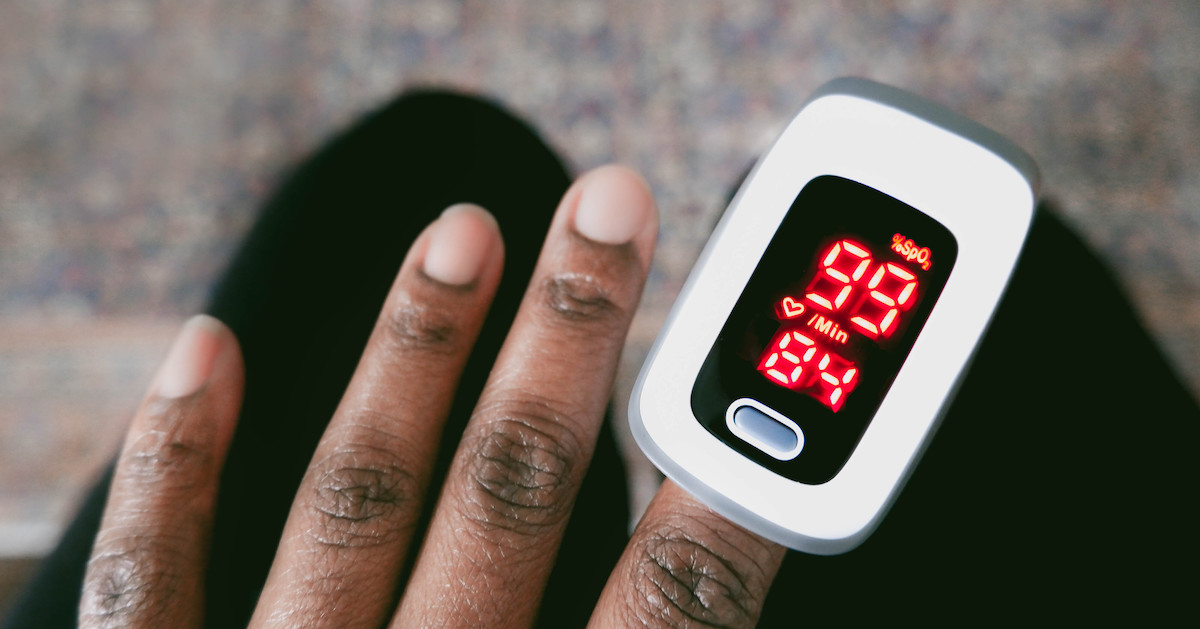Clinical
The health system's proprietary model offers a clinically validated approach to identifying behavioral health patterns and risk stratification to help guide more targeted decision making and improve care, the company says.
The U.S. Food and Drug Administration has published updated draft recommendations to help improve the performance of pulse oximeters across skin tones.
Through a recently completed multipronged red-teaming effort, the agency said it will develop repeatable testing datasets that can be used to evaluate large language model tools and services in the future.
Remote Patient Monitoring
As one telemedicine CEO looks to the year ahead, he predicts RPM will improve outcomes for congestive heart failure patients and help manage those on the wildly popular GLP-1 diabetes and weight loss medications.
Success Stories & ROI
For seven years, the cardiac surgical team has leveraged computational fluid dynamics software to provide consistent preoperative planning for pediatric congenital heart disease patients and improve outcomes. Sharing workflows is reaching more patients.
Healthcare organizations interact with massive amounts of data, from protected health information (PHI) to sensitive financial information. This data is at risk of exposure through human error, internal leaks, or attacks by hackers.
Many healthcare organizations are struggling to keep up with changing patient expectations, rising costs, staff shortages and more. Although technology may seem like the obvious solution to these problems, providers must ensure that the tools they use enhance patient experiences while also driving efficiencies and improving the organization’s bottom line.
Modern healthcare facilities must be built with future patient and staff needs, as well as other factors like air quality and energy efficiency, in mind. Honeywell’s eBook explains how to construct new buildings in a way that maximizes operational efficiency, enhances patient and staff safety, and extends facilities’ longevity.
SPONSORED
Children diagnosed with diffuse midline glioma (DMG) or diffuse intrinsic pontine glioma (DIPG) generally have between nine and 11 months left to live. Join Mika Newton, CEO of xCures, and David Frigeri, managing director of healthcare data and analytics at Slalom, as they discuss Slalom’s work with xCures.
Healthcare facility security teams are tasked with guarding staff and patients, securing valuables, protecting data, and managing emergencies 24/7 while also maintaining regulatory compliance.










